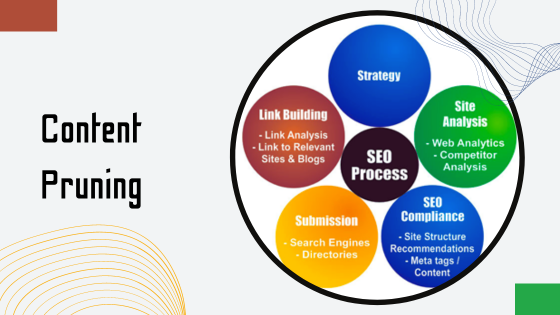One often overlooked but highly effective SEO technique is content pruning. This practice involves evaluating and refining existing content on a website to ensure that it remains relevant, informative, and valuable to both users and search engines. Let’s dive into the concept of content pruning and explore its benefits for your website’s SEO.
Understanding Content Pruning
Content pruning is the process of reviewing a website’s content and removing or updating dated, redundant, or low-quality material. This can include anything from blog posts and articles to videos and infographics. The goal is to improve the overall quality and relevance of the content on your site, which in turn can lead to higher search rankings and increased organic traffic.
The Benefits of Content Pruning
“Content pruning is beneficial for a number of reasons. For one thing, it helps you keep your site up to date and relevant by removing outdated content. ” – Citation: Matt Jackson, Content Pruning
And if you’re noticing that certain pages aren’t ranking as well as they should be, it can help pinpoint the problem so that you can make improvements accordingly. Of course, there are other benefits to content pruning beyond SEO. Here are some examples:
Improving User Experience: By removing or updating outdated content, you ensure that website visitors are only exposed to accurate, up-to-date information. This can help increase user satisfaction, engagement, and trust in your brand.
Boosting SEO Performance: High-quality, relevant content is favored by search engines like Google. By pruning low-quality content, you can improve your website’s overall SEO performance, potentially leading to higher search rankings and increased organic traffic.

Streamlining Site Maintenance: Regularly pruning content helps maintain a clean and organized website, making it easier to manage and maintain in the long run.
Enhancing Focus on High-Quality Content: Content pruning allows you to concentrate your efforts on producing and promoting top-notch content that aligns with your brand’s messaging and goals.
The Content Pruning Process
Audit Your Content: Begin by conducting a thorough content audit. This involves gathering data on all the content on your website, including its age, traffic, engagement metrics, and search rankings.
Analyze Performance: Identify low-performing content by examining factors such as bounce rate, average time on page, and organic search traffic. Determine which pieces may be candidates for pruning.
Decide to Update, Remove, or Consolidate: For each low-performing piece of content, consider whether it should be updated with fresh information, removed entirely, or consolidated with other related content to create a more comprehensive resource.
Implement Changes: Make the appropriate modifications, taking care to properly redirect any removed content to avoid broken links and negative user experiences.
Monitor Results: Track the impact of your content pruning efforts on your website’s performance, including changes in search rankings, organic traffic, and user engagement.
In Conclusion
Content pruning is a powerful tool in the SEO arsenal that can help you maintain a high-quality, relevant, and user-friendly website. By regularly evaluating and refining your content, you can ensure that your site remains a valuable resource for users and enjoys the benefits of improved search engine performance.




